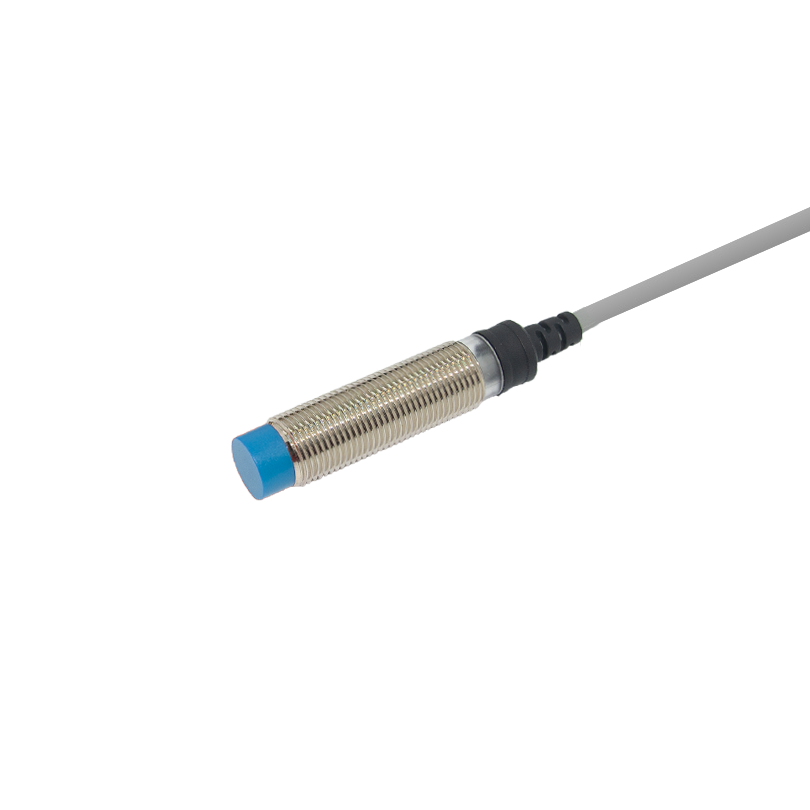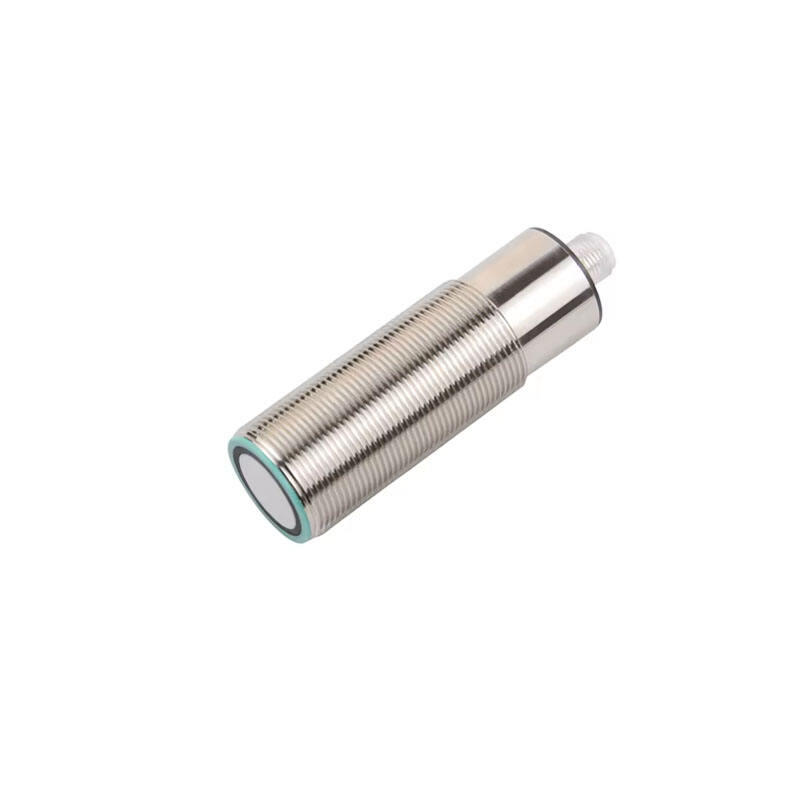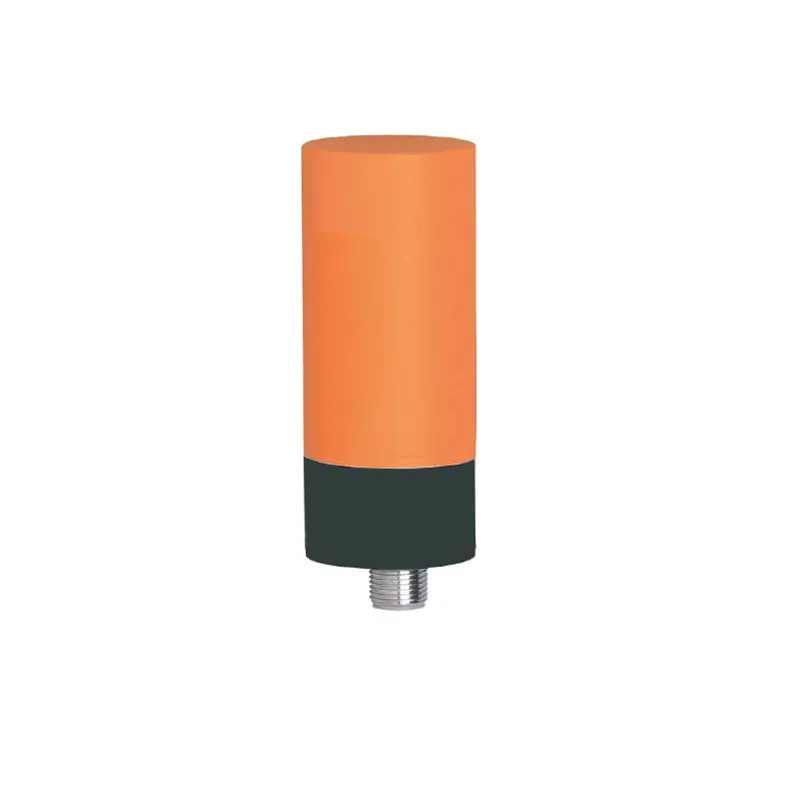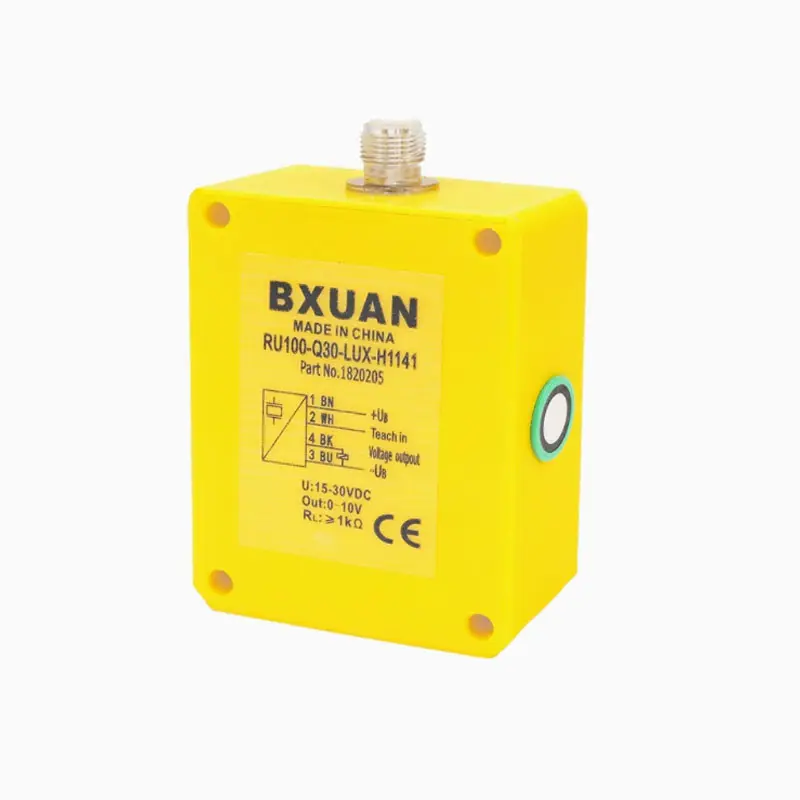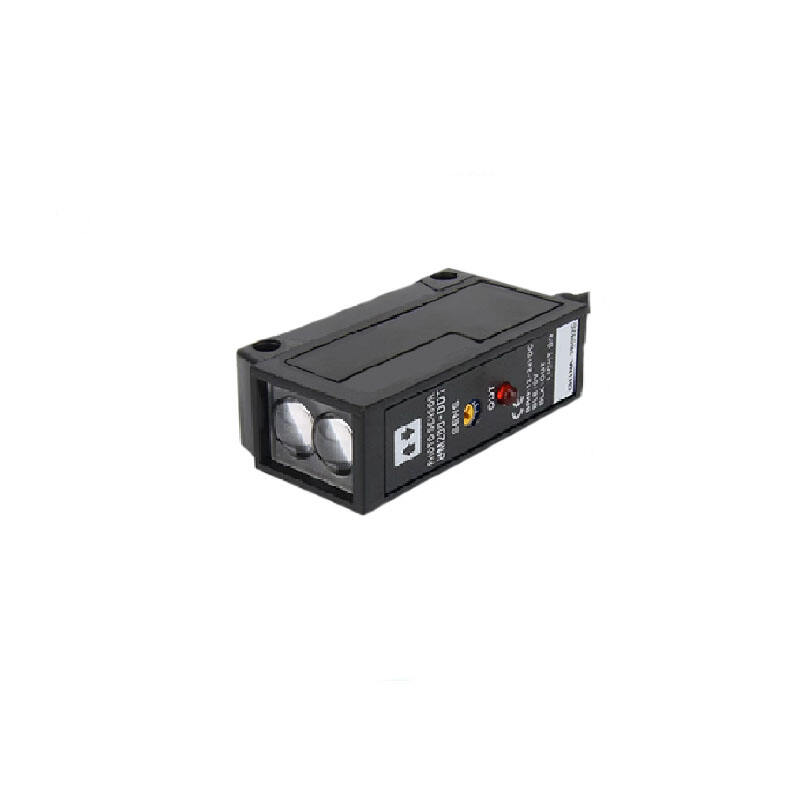Versatile Application Compatibility
One of the most compelling features of ultrasonic level transducers is their remarkable versatility across different applications and industries. These devices can effectively measure levels in various container types, from small tanks to large storage silos, and accommodate different material properties, including liquids, slurries, and bulk solids. The technology works equally well with clear liquids and opaque materials, making it suitable for diverse applications in water treatment, chemical processing, and food manufacturing. The transducers can be configured to handle different surface conditions, from calm liquids to turbulent interfaces, and can operate effectively in both clean and dusty environments. This adaptability extends to their measurement range capabilities, with models available for everything from shallow sumps to tall storage vessels.

